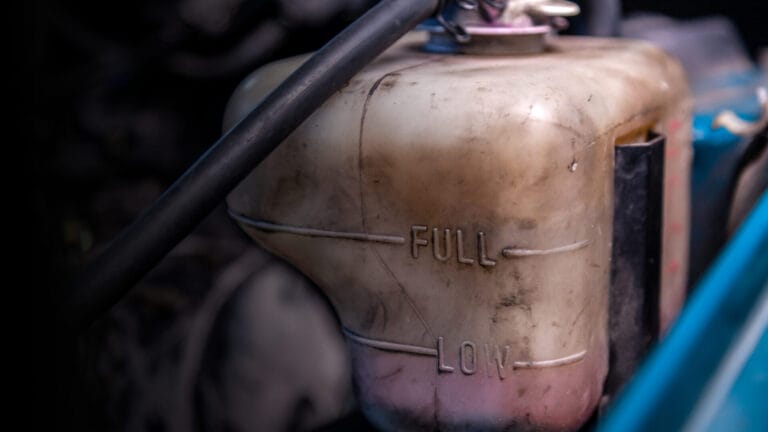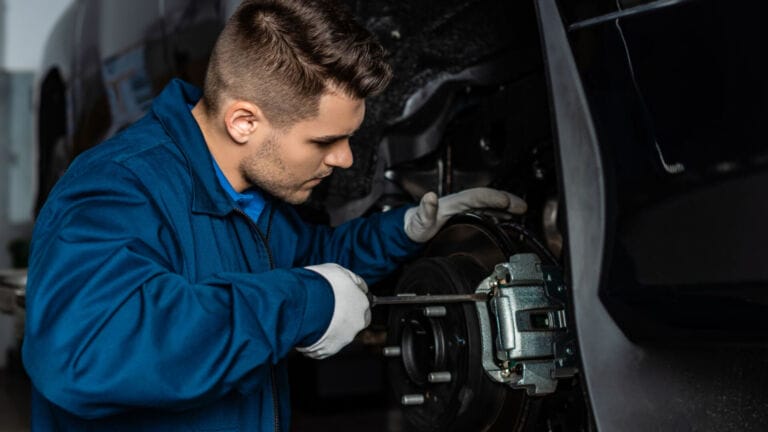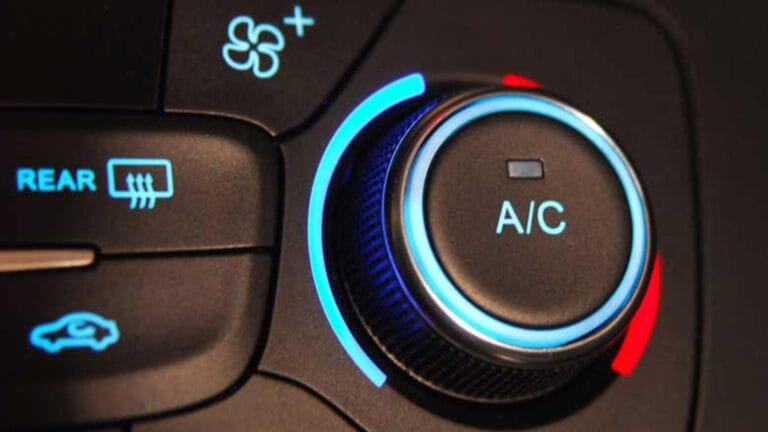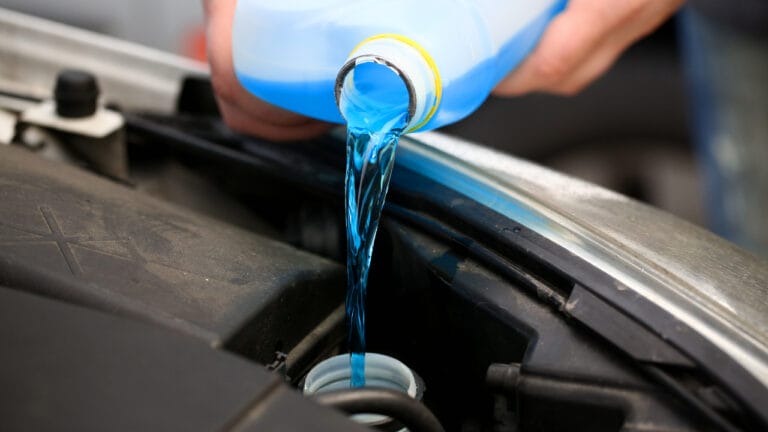Accidentally Put Water In Coolant: What To Do Next
We’ve all been there; you’re in a hurry to get somewhere and accidentally put water in coolant instead of the appropriate coolant. While it might seem like a minor slip, the consequences for your vehicle’s engine can be significant. Coolant regulates the engine’s temperature, prevents overheating, and safeguards engine components from corrosion. The right coolant facilitates efficient heat transfer through the engine, cooling it before it reaches the radiator.
Introducing only water to the cooling system can lead to overheating, potentially causing irreversible damage. It also raises the risk of freezing, compromising system functionality, and introducing corrosion into engine components.
Now, you may think that coolant is a mixture of water and antifreeze; then what is the problem?
Well, you are right at a point; water can save you, but only in emergencies. Want to know in detail? Then scroll down and be with me. In this guide, I will talk in detail about what happens when you put only water in a coolant tank, what damage it causes, and what to do next.
What Is Car Coolant, and How Does It Work?
Car coolant, a 50/50 mixture of water and antifreeze, is a heat transfer fluid that moves through the engine to absorb excess heat and then releases it through the radiator.
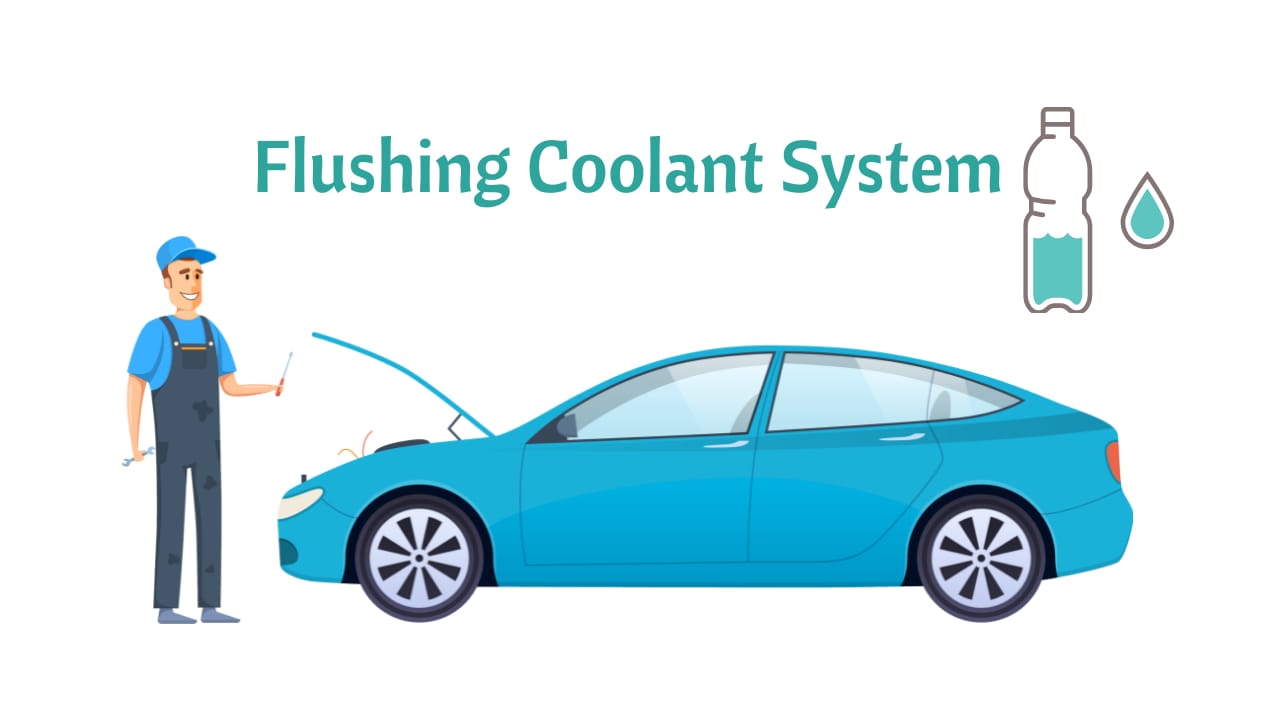
The antifreeze is often ethylene glycol or propylene glycol, both of which have properties that prevent freezing and boiling. Though half of the coolant is antifreeze, its value is more than that. Water is the one that cools down the engine, but antifreeze is the one that manages the water. Antifreeze is like the driver of a car. If you have a car but no driver, it’s useless; you can’t go anywhere. After absorbing heat from the engine, the water gets too hot. Anytime it boils or is in cold temperatures, it can freeze and stop the car.
In both scenarios, the antifreeze keeps the water at a working temperature, preventing boiling and freezing.
Accidentally Put Water In Coolant: What To Do Next
I have just shared what car coolant is and how it works; now you know both of their roles in cooling.

Do not panic if you have unintentionally mixed water with coolant. Both water and antifreeze are necessary to keep the engine cool. It won’t damage your car immediately or result in any unwanted situation; it’s not something dangerous. Yes, using it as a coolant for a long time will badly influence the vehicle. But not immediately.
So first, have patience. If you have a nearby repair shop, slowly drive there and flush the coolant system. As there is more water in your coolant, the available antifreeze won’t be able to manage so much water, and the water may boil, evaporate, or freeze depending on the temperature.
But if you drive slowly and the shop is nearby, I hope you can get there, and nothing bad will happen. However, if you are a DIY enthusiast and are confident you can flush the coolant system, that’s better!
Flush the system and refill it with new coolant, and you are ready to cruise the road again.
How To Flush Coolant System

If you find yourself in the unfortunate situation of accidentally putting water in your car’s coolant, don’t panic. You can take steps to rectify the mistake and prevent further damage to your vehicle’s engine.
Step -1
If it was a running car, stop driving further and let it cool down. Opening the hood when the engine is hot can burn your hand. You should wait for an hour to cool down.
Step-2
Open the hood and unscrew the coolant reservoir metal cap to drain the water in the radiator. Now, place a catch basin, oil pan, or container underneath the car to collect the excess coolant. Carefully loosen the drain plug or valve, allow the contaminated coolant to drain completely, and close it.
Step-3
After draining the contaminated coolant, it’s essential to flush the system thoroughly. Fill the reservoir tank with a manufacturer-recommended compatible coolant flushing agent and one gallon of distilled water. Follow the instructions on the product carefully, as different flushing agents may have specific usage guidelines.
Step-4
Now screw back the metal reservoir cap and get ready to press the ignition. Run the car engine for 15 minutes. This will circulate the flushing agent throughout your car’s cooling system, breaking down any remaining water and contaminants. Be sure to monitor the temperature gauge to ensure that the engine does not overheat during this process.
Step-5
Let the engine cool down again. Once time is up, open the valve cap and slowly drain the coolant reservoir again to get rid of the green coolant. When done, close the radiator cap.
Step-6
Now fill the reservoir again, but this time only with distilled water (avoid tap water). Run the engine, let it cool, and drain the reservoir again, following the same process. Do this until you get clean water coming from the reservoir after draining.
Step-7
After draining is complete, refill the expansion tank with fresh coolant. If you don’t have engine coolant but only antifreeze, take half a gallon of distilled water and half a gallon of antifreeze and pour slowly into the reservoir. As we know, the coolant ratio is 50:50 for antifreeze and water. So this will work.
Step-8
Lastly, double-check all connections and seals to ensure no leaks in the cooling system. Inspect the radiator, head gasket, hose, and reservoir for any signs of leakage or damage. If you notice any issues, addressing them before driving your vehicle is crucial.
An Accidental Coolant Tank Fill-Up Consequences
As I told you, water in coolant won’t do any major harm to your vehicle immediately, but that doesn’t mean it won’t have any effect at all. It will have some immediate and long-term consequences on your car. Let’s know them.
Immediate Impact on the Vehicle
The presence of water in the coolant tank can lead to cooling system-related issues. It will compromise engine cooling, reduce heat transfer, increase engine temperature, and cause cooling system inefficiencies. But if you drive slowly, you can mostly avoid these problems. The faster you ride, the more heat is generated, but at a slower speed, there is less heat, and water can manage it. But not for too long—only a short distance for an emergency.
Long-term Consequences
Long-term water use in the coolant tank can lead to corrosion and rusting in engine components, decreasing the engine cooling system’s efficiency. This could result in potential engine cooling system damage and temperature regulation issues in the long run. Engine performance may also be affected by using water in the coolant tank, impacting the overall functioning of the vehicle’s engine over time.
So, if you’ve accidentally added water instead of coolant, it’s advisable to address the issue promptly by flushing the system and replenishing it with the appropriate coolant mixture.
Frequently Asked Question
Is It OK To Add A Little Water To Coolant?
Yes, it’s okay to add a little water to the coolant because the coolant is 50/50 water and antifreeze. So if you add a small amount more water, it won’t affect much.
How Much Water Can You Mix With The Coolant?
The recommended coolant-to-water ratio for most vehicles is typically 50:50, meaning equal parts coolant and water. This balanced mixture provides the best combination of freeze protection, boil-over protection, and effective heat transfer properties.
Will A Car Overheat With Just Water?
Yes, a car will overheat with just water. While water effectively transfers heat, it lacks the essential properties of a coolant. Coolant contains antifreeze and corrosion inhibitors that prevent freezing and raise the boiling point. Without these properties, water is less effective at preventing overheating, especially in extreme temperatures.
Closing Words
An accident is accidental, so there is no need to panic. The solution to this accidental water-in-coolant mix is straightforward: flushing the system. If you’re at home and have used a significant amount of water, flush the coolant system. If you’re on the road, drive slowly to a safe location—home or nearby—to perform the flush.
Though it’s not a tough task, it still takes up lots of time, so if time is tight or you lack confidence, consider taking your car to an auto repair shop. Call a mechanic to come to you and avoid further driving if possible.
Most of all, STAY CALM; it’s fixable!


